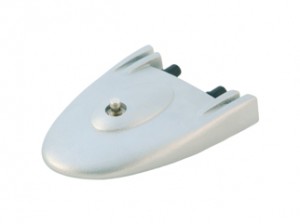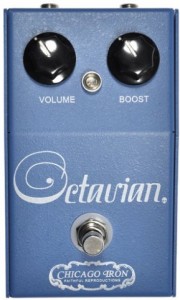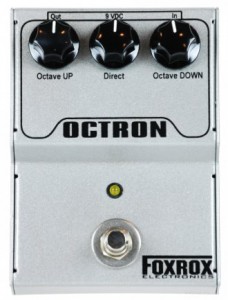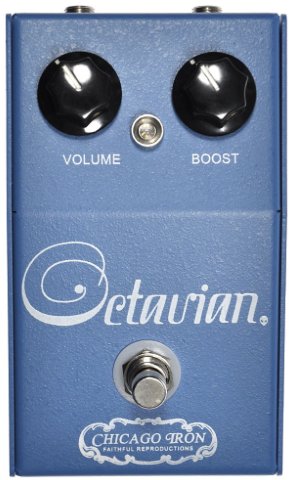When it comes to tone, Jimi Hendrix never fails to amaze me. Of course his guitar playing is light-years beyond any human form, and top it off, even his tone is untouchable. With his rig, he was able to project a harmonically-rich, monstrous roar that was so elusive, so mind-boggling, yet very pure and organic. His rig gave him the dynamic to be able to tell a story with his amazing skill. The components of his rig allowed him to express himself deeply, whether he wanted to make his guitar sing, laugh, cry, scream, or whisper. With all of this dynamic, Jimi could take us on a trip, describing the ways of the universe, enlightening our souls with pure energy. No one will ever be able to do what Jimi did. But wouldn’t it be great to come close? Wouldn’t it at least be awesome to get some of those great tones that he got?
Well lets start with the basics. First the guitar: it should be a Fender Stratocaster, with three single coil pickups. These pickups should be low-output as that’s how they were in the late 60s’ and play a big role in the tone equation. There are some good copies on the market that’ll do better than a lot of Fender Strats produced today. If you can get your hands on an 80s’ made in Japan Tokai Strat, you’ll get a really well crafted guitar, a lot having the 60s’ specs. Jimi’s guitars were coated with nitrocellulose which some say allow the guitar to breathe better then today’s poly finish. In the last two years of Jimi’s short life, he primarily used a black and a white strat, both with maple necks. Also he typically used light strings (10-38) tuned down a half step (Eb), allowing him to bend notes with total ease.
On to the Amp: its gotta be a 100-watt superlead, superbass, or jtm45/100 with at least 1 4X12 cab. The 100-watters offer a lot more headroom, and the cab will make for a bigger sound. The amp power tubes can be KT-66s, EL-34s, or 6550s. Two great amp makers that specialize in building these plexi style amps from the late 60s are MetroAmp and Germino. Both excellent brands that go the extra step to nail that vintage tone. Don’t forget about the speakers in the cab; they are very important in achieving the sound. Jimi used Celestions, a very good brand. However, currently they don’t make the same speakers today that they once did. Scumback is great brand of for getting vintage spec speakers. Finally, you will realize that a 100-watt stack will blow your ears off. Consider getting a PPI Master Volume installed, or look into purchasing an attenuator. This is crucial since cranking the amp is part of getting the tone, and getting into pure tube saturation.
Lets talk about Effects: Hendrix used a wah, univibe, fuzz, and octave in a live setting. I’m sure most of you know what these pedals do, so I won’t go into it too much, but I will recommend some brands. Most mass produced pedals on the market today do not replicate the pedals used in the 60s/70s, and even worse, a ton of them are digital! So to get closer to the tone, you’ll want to look into boutique pedals. For the wah, the Real McCoy Teese Picture Wah is said to be the closest. For univibe, an original shin-ei would be amazing, and incredibly expensive. So the Megavibe by KR, and Aquavibe by Foxrox are fantastic. For the Fuzz pedal, Roger Mayer Axis Fuzz and KR’s Gypsy Fuzz are very expressive. Here’s more on Hendrix Fuzz Pedals. And for the octave, the Chicago Iron Octavia is a favorite of Hendrix enthusiasts. Finally, the cables used also are also a piece of the puzzle. Jimi used coily cables that are said to smooth out the treble a bit.
Now go out there, hook everything up, crank the fuzz and control it with your volume knob to go between clean and fuzz tones, and start exploring the world of great tones. You’ll find that there really are endless amounts of different tones you can get with a little tweaking. Enjoy!
 Roger Mayer Octavia
Roger Mayer Octavia recreation of the tycobrahe original. What makes this pedal great is that it works well with most setups. While some octave pedals will sound thin, the Chicago Iron always has a nice full sound that really gets the searing lead tone. If you have the dough and are looking to go the boutique route, this is your best bet.
recreation of the tycobrahe original. What makes this pedal great is that it works well with most setups. While some octave pedals will sound thin, the Chicago Iron always has a nice full sound that really gets the searing lead tone. If you have the dough and are looking to go the boutique route, this is your best bet. Not exactly a recreation of the classic octavia since you can also go an octave down, but can still do the octave up in spades. If you want the classic sound, but with versatility to do more, the Octron is a great sounding pedal from an excellent pedal maker.
Not exactly a recreation of the classic octavia since you can also go an octave down, but can still do the octave up in spades. If you want the classic sound, but with versatility to do more, the Octron is a great sounding pedal from an excellent pedal maker.